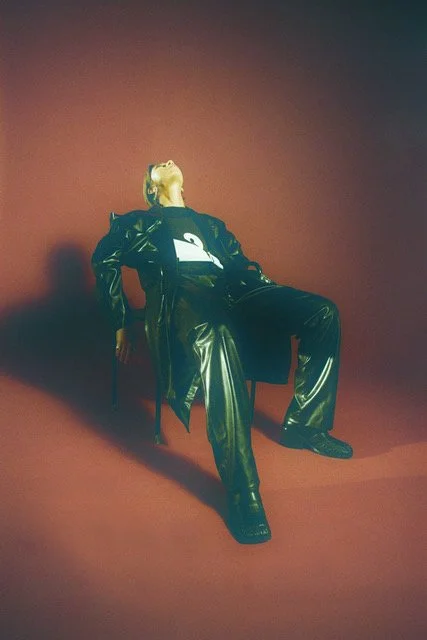C Lucy R Whitehead
When people talk about a “feeling” in relation to art, I often think they’re lying, or at least exaggerating. Yes, of course, much work can be affective and engender feelings, but more often than not, this is experienced intellectually: in the same way we are saddened by foreign oil spills or the premature death of a beloved celebrity, excited by the success of a sports team, or awestruck by reproductions of natural wonders located thousands of miles away, absent of the smell of its air or the din of its noises.
But then again, when I see C. Lucy R. Whitehead’s work, I am reminded of the depth of feeling art can inspire; I am moved – maybe “shook” is a better term – and art as expression once again takes on meaning.
This is not simply a maudlin effusion of admiration for Whitehead; it is not as if in her endeavour to capture my interest she has just simply surpassed all other artists, leaving her a god amongst mortals. She is still only an artist, and an emerging one at that. Instead, I’m moved in part by how thoroughly disinterested Whitehead seems to be in my appraisal. Elements of style, palette, and canvas size shift almost at random; the body is fragmented and then elasticated, built up and then shattered, manipulated and consumed. When I look at Whitehead’s work I feel as if I am interjecting, or have caught a glimpse of something private I ought not to have seen. She seems to be at war with the human form, and by extension, the paltry media we’ve supplied visual artists with which to represent it. By viewing the results, I’ve only gotten in the way.
So why do I feel something? Why is this what rocks me to my core? It’s because in a visual world that is dominated by notions of exposure, accessibility, and anti-esotericism, too few artists are comfortable having conversations with themselves. It feels like more often than not, the viewer is needed in order to fully realize a work, a painting’s success borne out by the number of eyes it can hold and keep. I am moved by Lucy Whitehead’s work because it exists as multilogical exercises between the artist, her materials, and the human body – a discussion in which I, the viewer, have no place. My role is only to observe, and take what I can from Whitehead’s hard-earned victories and vulnerabilities by way of finished pieces. In turn, I am pushed to think in the artist’s uncompromised terms; I am respected enough as the viewer to be given the data raw and unfiltered. There are not, nor do I expect there to be, any apologies made for this.
This seems a rare achievement in artistic integrity: Whitehead bears herself in each work, abjectly and unrepentantly, and leaves us to make our own minds up. Across form and colour, there no doubt will be works we as viewers prefer over others, but frankly, Lucy Whitehead doesn’t care; she paints for herself, and those who don’t like it can buzz off. I, for one, will choose to stick around.
words E. G. LINTON
What to read next















